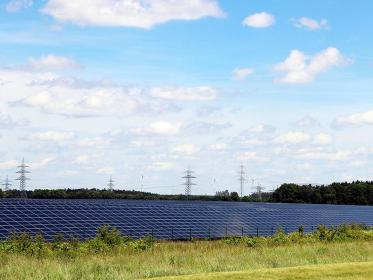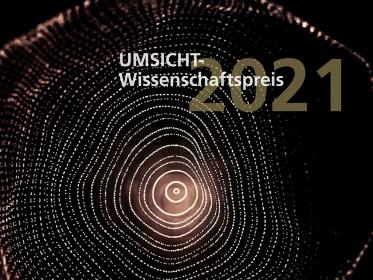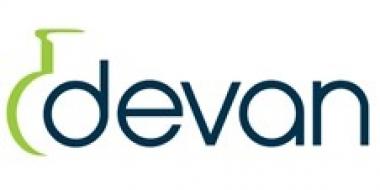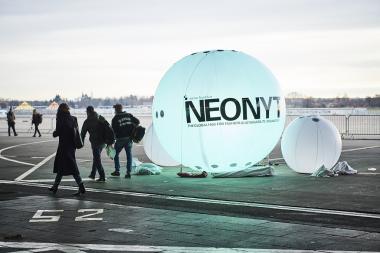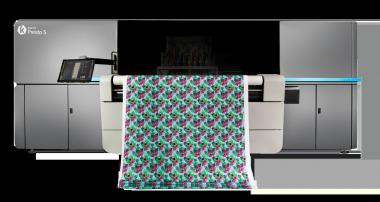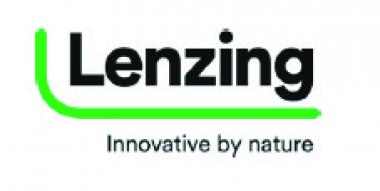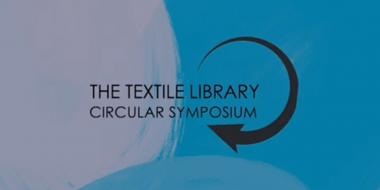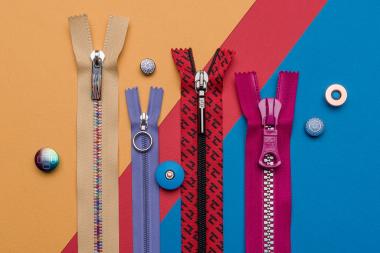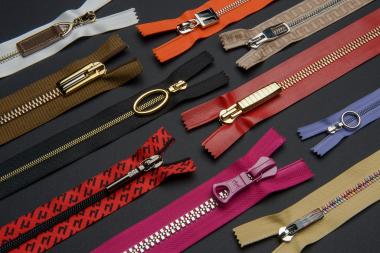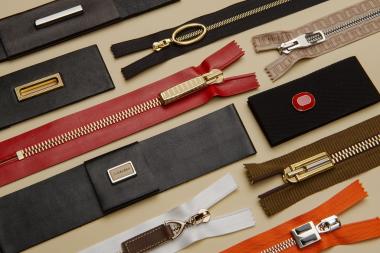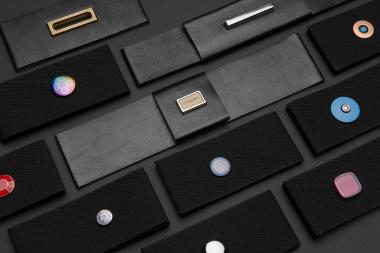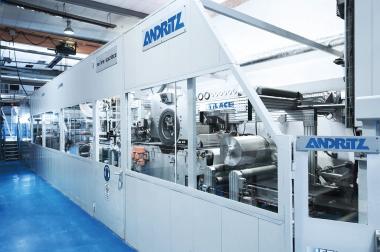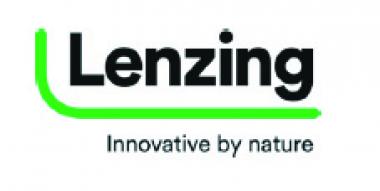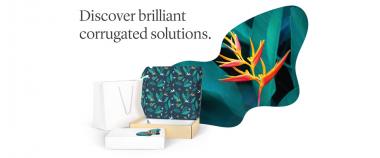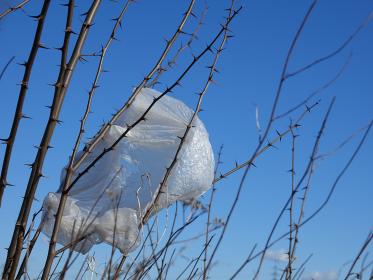Hochschule Albstadt/Sigmaringen: neuer Nachhaltigkeits-Studiengang
Globale Umweltverschmutzung, soziale Ungerechtigkeiten und tiefgreifende Auswirkungen auf Mensch und Natur stellen unsere Gesellschaft und die Unternehmen heute vor große Herausforderungen. Darauf reagiert die Fakultät Engineering an der Hochschule Albstadt-Sigmaringen mit einem neuen Studienangebot, das ihre Stärken im Bereich der Produkt- und Prozessentwicklung mit dem Thema Nachhaltigkeit vereint und den angehenden Ingenieuren einen an den globalen Herausforderungen orientierten Blickwinkel auf die Produktentwicklung ermöglicht. Der neue Studiengang „Sustainable Engineering – Nachhaltige Produkte und Prozesse“ mit breit angelegten Querschnittskompetenzen in den Bereichen Nachhaltigkeit und Engineering startet im kommenden Wintersemester.
"Die Welt besser machen"
Wie kann ein Produkt langlebig und reparaturfreundlich gestaltet werden? Können Themen wie Recycling und Entsorgung eines Produkts bereits in der Entwicklung bedacht werden? Welche Prozesse der Lieferkette stellen die größte Umweltbelastung dar, und wie können diese optimiert werden? Wie können Werkstoffe umweltfreundlich abgebaut, produziert und transportiert werden? Welche rechtlichen Vorgaben in Bezug auf den Umweltschutz existieren bereits, und von welchen Instanzen werden sie gemacht? Wie kann man Prozessketten fair gestalten? Wer trägt die soziale Verantwortung? Welchen Nutzen, aber auch welche Risiken bringt eine neue Technologie mit sich? Diesen und ähnlichen Fragen widmet sich „Sustainable Engineering“ und gibt den Studierenden das Rüstzeug mit, um die Welt im wahrsten Sinne des Wortes besser zu machen.
Studierende können aus drei Vertiefungsrichtungen wählen
In einem gemeinsamen Grundstudium werden den Studierenden zunächst das allgemeine ingenieurwissenschaftliche Fachwissen sowie Grundlagen der Nachhaltigkeit vermittelt. Um nach dem Studium sofort auch fit für den internationalen Arbeitsmarkt zu sein und auch ausländische Studierende anzusprechen, wird der Nachhaltigkeitsblock auf Englisch gelehrt. Ab dem dritten Semester entscheiden sich die Studierenden dann für eine von drei Vertiefungsrichtungen: Textil- und Bekleidungstechnologie, Maschinenbau oder Werkstoff- und Prozesstechnik.
Hochschule Albstadt-Sigmaringen





